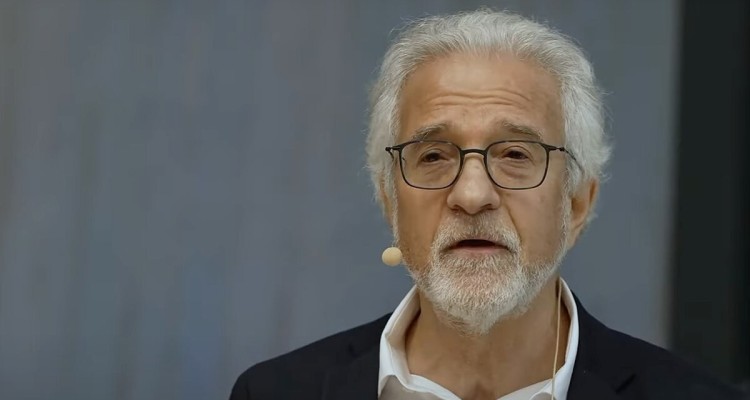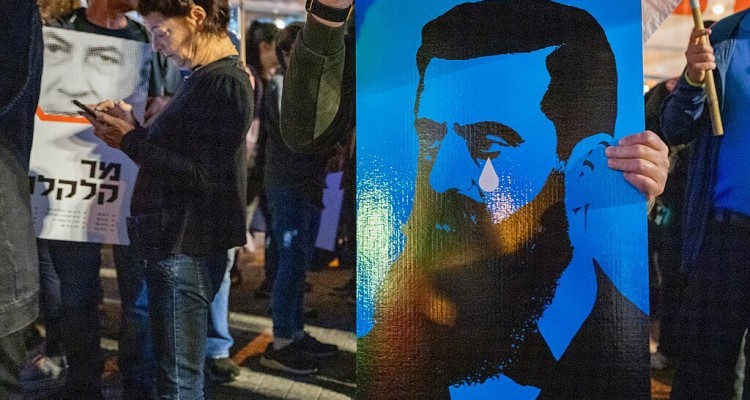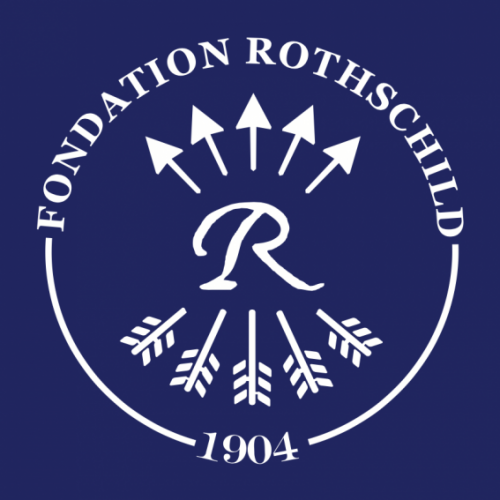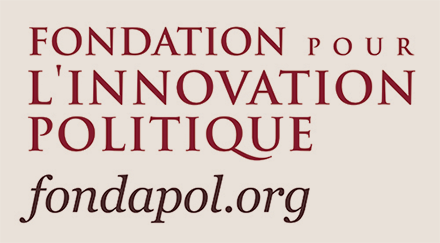On 10 February 1944, Anni and Fritz Finaly, Austrian refugees who had arrived in France six years earlier, entrusted their sons to the Sisters. Four days later, they were arrested by the Gestapo. Deported to Auschwitz, they never returned. Aged 2 and 3, Robert and Gérard were entrusted to the care of a devout Catholic, Antoinette Brun, who became their guardian. When the children’s family wanted them back, Miss Brun refused – on the grounds that they had been baptised. Philosopher Jean-Michel Rey looks back at this “Finaly affair”, which hit the headlines in the early 1950s, and at the violence of a gesture of erasure that people thought could be legitimised by recourse to Catholic theology alone.
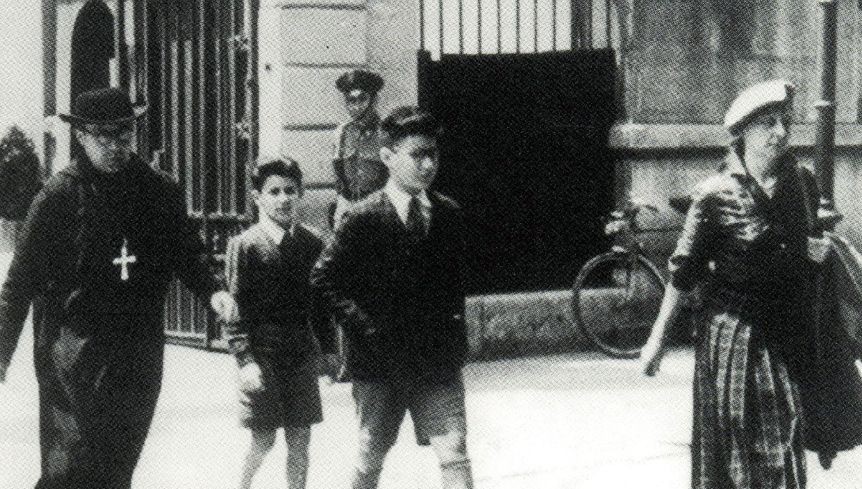
In the early 1940s, a couple of exiled Austrian Jews reside in the Grenoble area. Both are doctors and manage to practice their profession as best they can. Two children are born in 1941 and 1942, respectively. At the end of February 1944, the parents are arrested and deported to Auschwitz, where they will be exterminated. Fearing arrest, they had previously entrusted the two little ones to a convent, which ended up placing them with Antoinette Brun, an ardent Catholic and unmarried Resistance fighter and director of Grenoble’s municipal nursery. As soon as the war is over, a close relative of the Finaly couple, Mrs Fischl, who lives in New Zealand, writes to Miss Brun, asking for the children’s return. Brun replies that a return would be premature. She illegally appoints herself guardian and will continue to do so thereafter. Mrs. Fischl makes numerous attempts to have the children returned, but each time her request is refused, on the flimsiest of pretexts. In 1949, the family’s lawyer, Maurice Garçon, files a complaint. In 1950, the Grenoble court declares the Finaly couple officially dead. As a result, the children become orphans under civil law. During these years, the children are hidden in various religious institutions, in order to escape the insistent demands of the courts for their return. At the end of 1952, the case begins to be reported in the press. The children are abducted and disappear for a time in Spain, thanks to some religious accomplices. After a series of twists and turns and extensive secret negotiations, the situation is resolved and the children are returned to their family in June 1953.
As soon as the press picks up on these episodes, there’s a lot of talk about the Finaly affair. I believe it echoes another resounding, particularly violent affair, which revolved around another strange-sounding surname, Dreyfus, against the backdrop of Germany. This fact has not gone unnoticed. As if France were predestined for this kind of event—an individual story that suddenly takes on a national dimension and quickly becomes a factor of deep division, even civil war. With, in the case of the former, extreme violence that, as we know, lasted for years, and with, in both cases, a genuine distrust of what is presented as foreign.
The crucial question in the Finaly affair can be summed up in the term belonging. From a strictly legal point of view, the question was to which authority these two children of a foreign Jewish couple belonged—to the immediate family who claimed them after the war? Or to the person who had raised them during those years and had them baptized in 1948, even though the children had been circumcised during their parents’ lifetime? Should the law, pure and simple, prevail, or should some kind of theological debate be open—that seemed to be the dilemma when the Finaly affair came to light[1].
It is clear that the guardian, Miss Brun, took full advantage of the Church’s doctrine on the subject—in such circumstances, Jewish children were returned to their original families only if they had not been baptized. However, she lied for years about the baptism which took place not during the war, but three years after the end of the conflict. She also lied about the composition of the various family councils, which were made up of relatives openly hostile to returning the children. Baptism is considered by the Church to be the sacrament par excellence that brings a person into the Christian community for life. One of the protagonists of the case, Mgr Caillot, an ardent defender of the return of the children to their families, said that this baptism was “sacramentally valid and gravely illicit.” He thus put his finger on an essential problem in this perspective. On the one hand, there is the sacred gesture that places individuals in a kind of theological community, removed from civil life, and on the other hand, there is the reminder of the ordinary course of justice, from which, as we know, no one should be able to escape. The vast majority of the protagonists in this case took the position where the theological component prevails, to the detriment of the law itself, and with the full approval of Rome and the Catholic hierarchy. What they did not want to see was that they were committing a serious offense—shielding children from justice, etc.—and that their actions were against the law. What they also didn’t see was the overall consequence of such an action—the division of the country, which took on considerable proportions as soon as the affair became known, and which forced the civil authorities to intervene decisively. The Catholics themselves were deeply divided on such an issue, all the more so because pressure from Rome is not always well received. It will take time for things to return to normal. Above all, it will require consistent amnesty measures for the serious actions of those who wanted to retain custody of the children at all costs. This practice was particularly widespread in the early 1950s, and many Vichy government officials profited greatly from it. At the end of the war, it was undoubtedly thought that civil harmony could be achieved in this way, and at a lower price. It’s an old French story, going back to the religious wars of the 16th century. Everything is done to make the conflict disappear so that it no longer weighs on political life and is not even mentioned in the aftermath.
In my book Des Indésirables. Quatre manières de traiter un embarras [Undesirables. Four ways of dealing with embarrassment, available only in French], the first chapter briefly mentions the Finaly affair in the context of a reflection on the Vichy regime and, more specifically, on some of the language used at the time in relation to the Jews. What seemed to me to be decisive in this case was the way in which the very existence of the two children was made to disappear, and the “arguments” used to justify this act, which was obviously against the law. It is like a foreign body that has been completely transformed, stripped of its main characteristics. It is an act of extreme violence which, in their opinion, can be legitimized only by recourse to Catholic theology, by the fact that a sacrament makes one a Christian and therefore definitively erases the Jew. Assimilation by erasure of those who, because of their age and status, had no say.
There are several factors at work in the Finaly affair. First, at the end of the war, a new (and extraordinary) problem arose for the Church due to the sheer number of Jewish children hidden by Catholic institutions or private individuals who professed to be Catholics. In short, how can one reconcile the elementary duty of justice (i.e., strict respect for the law) with the sacred theological principle of baptism? The question was turned on its head by all those involved in such a situation, most of whom opted for non-return. It should also be remembered that, especially in times of political instability, there is real proselytizing on the part of Catholicism. This was evident in post-war France. Nor has the Church ever abandoned the conversion of Jews, as evidenced by the Good Friday prayer “Let us pray for the perfidious Jews…”, which was not abolished until the late 1950s. We are also aware of the anti-Judaism of the Church (and of a large part of the population), which, as we know, redoubled in intensity during the Dreyfus affair, and which was obviously not outdone in this case. In January 1945, La Documentation catholique spoke of the “danger of leaving too many levers of control in the hands of the Jews.” A peculiar mixture of genres, nothing new here, but startling at this time. Similar or analogous positions can be found in Gaullist circles at the height of the war. The latter discussed, for example, the “Bases d’un statut des minorités françaises non chrétiennes d’origine étrangère” [Bases for a status of non-Christian French minorities of foreign origin], in order to avoid, after the war, a too strong presence of these “minorities”[2] in the administration and in the main government bodies. A fine euphemism in a perspective that is as much theological as political! There remains a process, transmitted and reinforced by the Vichy regime, which will not disappear with the end of the war—a process that makes Catholicism a kind of state religion. It is the continuation of a very longstanding situation that seems to have been taken for granted, even beyond the war. More precisely, it’s about what is given as the religion par excellence of the French people, the only one capable of effectively opposing what the Vichy regime calls, without ever defining it, the “Jewish religion,” which goes hand in hand with a “race” of the same origin, also left undefined. The Vichy government continued to play with this stance. The post-war period does not seem to have fundamentally changed this situation[3], especially since France claims to be the eldest daughter of the Church.
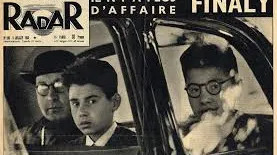
The issue at stake in this singular conflict could be summed up as follows—whether, at the end of the war, the two Finaly children could be recognized for what they really were, i.e., the descendants of foreign Jews who had taken refuge in France as a result of the overall situation, or whether, on the contrary, they should be considered once and for all as French Catholic children, because of the circumstances in which they had been brought up in their early years. Miss Brun’s bias (and that of many others who followed in her footsteps) was unmistakably toward the second option—constituting the children as subjects whose existence was de facto guaranteed by a form of national history, which, in such a context, meant individuals essentially shaped by the religion of the majority of the French people. What these children were taught, against their parents’ wishes, was a strange mixture of Frenchness and Catholicism that would give them a real, universally recognized status—a continuation of what the Vichy regime had done. It was as if education had to be reduced to a summary mixture of theology and politics, a religious conversion to Frenchness[4]. What we have here is a form of forced assimilation, particularly violent when it comes to children, involving the establishment of an imaginary homogeneity as the norm, what we might call being-French-Catholic. Once the war was over and the threats had disappeared, what prevailed, especially in the Finaly affair, was forced conversion, a kind of becoming Christian that seemed self-evident and the solution par excellence for times of peace. So much so, in fact, that we can legitimately ask ourselves whether this policy of exclusion was not in part prolonged for a few years, with the Finaly affair to be precise, and whether the civil war did not thereby find reasons to resurface.
Theology[5] seems to have gained considerable importance in the political debates of the war and post-war period[6], and to have been the main reference point for many debates in the political arena. Just one example from a former member of the Resistance—Albert Béguin, who wrote in a book devoted to Léon Bloy and published in 1944, that Jews “defend nothing but their physical existence or their acquired positions, their power, their wealth,” that their only dream is to “claim the same right to exist as everyone else.” In other words, in the midst of the war, we have here the expression of a violent anti-Judaism based on the most traditional Catholic theology, with no concern whatsoever for the very serious threats hanging over all Jews at that very moment[7]. A theology applied in a rather rudimentary way and with total disregard for the catastrophes of the present moment. Are we not also in the presence of a peculiar form of Marcionism, that old (and very convenient) heresy often revived in the interwar period? What necessity was being obeyed when, as in the case of Béguin, Daniel Rops, Simone Weil, and many others, they insisted, in the midst of the conflict, on separating Christianity from its history, on freeing it from its debt? These are just some of the questions that the Finaly affair brings sharply to the fore. Questions at the crossroads of politics and theology that we have not yet come to terms with and that have major consequences in everyday life.
Marcionism is undoubtedly the most significant element from this point of view. First, because of its duration. This heresy of the second century was constantly reactivated and even reconstructed, often at times of great political tension. Marcion’s goal was to establish a radical separation between the evil and cruel God of the Old Testament and the only loving God of the New Testament, between the demiurge responsible for evil and Christ. His main goal is to rid Christianity of everything that comes from Judaism by building on the texts of Paul and Luke, i.e., by distorting their utterances[8]. The Old Testament thus appears obsolete, and the New Testament is rewritten from top to bottom. It is a kind of Manichaeism that detaches Christianity from any history and allows Christian theologians of the same period to claim Verus Israel, to assert that it is the Christians who constitute the true Israel, and not the Jews, as they claim. Such positions were taken up again in the 20th century, with or without mention of Marcion, in contexts where an elementary theology claimed to organize a policy, with all its possible variants. Carl Schmitt accentuated such a scheme in the interwar period, providing a basis for an ambient anti-Judaism in Germany. More surprisingly, in the midst of the war, the philosopher Simone Weil developed a similar attitude in a somewhat different mode[9]. She took up and developed an idea found in Edgar Quinet[10] and many others—in short, there is thematic continuity between the Greek tragedies and Christianity, strong similarities, and, above all, a form of direct descent. (A statement that would be published much later…) Thus, in their view, Christianity was founded without any connection to Judaism; and, what’s more, it is from the latter that most of the evil comes. Classical Greece had many prophets, Israel none—a statement without appeal. There’s something profoundly wrong with such shortcuts, which had every chance of finding sympathetic ears in Vichy and elsewhere. In a few sentences, Simone Weil seems to give an overall vision of the future of civilization—a little portable metaphysics that once again makes the most of Marcionism and confirms old clichés and habits of thought. Like the dream of a self-sufficient Christianity, considered the religion par excellence. This can be understood as the fact of a civilization that periodically blinds itself to its genealogy and thus ends up repeating the same mistakes, accentuating them even in dramatic situations such as the last World War. We must write a history, not of Christian heresies[11], but of their use and constant reuse in the political arena[12]. The French domain would play a major role in this, from the 19th century onwards, especially in the treatment of the Jewish difference in its various aspects. The Finaly affair, in the middle of the twentieth century, clearly testifies to such a revival. It belongs to the French version of Marcionism.
Jean-Michel Rey
Notes
| 1 | The most comprehensive book on this affair is Catherine Poujol’s Les Enfants cachés, l’affaire Finaly (1945-1953), Berg International, 2006. |
| 2 | Simone Weil proposes to “bring about the disappearance of these minorities” through mixed marriages. |
| 3 | One example among many: Drieu la Rochelle wrote in his War Diary that “all the elements of Christianity are fixed before Christ and outside the Jewish world.” |
| 4 | To quote Michel de Certeau: “[w]when politics fails, religion usually takes over—or at least what we call it, what we introduce under that name.” |
| 5 | In a summarizing, if not caricaturing way. Which doesn’t change the various problems that can arise. |
| 6 | In 1954, great theologians like Congar and de Lubac were condemned by Rome. At the same time, the French worker-priest experiment was brought to an extremely brutal end. |
| 7 | In 1937, someone like Jacques Maritain adopted a completely different position, taking into account what was happening in Nazi Germany and partly foreseeing what was to come. In other words, he read theology differently. |
| 8 | He makes, one might say, excessive use of interpretation and quotation. His project can also be seen in this light |
| 9 | Simone Weil, “Intuitions chrétiennes,” reprinted in Œuvres complètes, IV Écrits de Marseille, Gallimard, 2005. |
| 10 | I devote a chapter of my book to Quinet’s emblematic operation, which I call smoothing. The Greeks of the classical period are said to be already Christian because they share the same values. |
| 11 | On the whole, we know them well, even if they are numerous. |
| 12 | The work of Hans Blumenberg would be very useful in this regard. |

